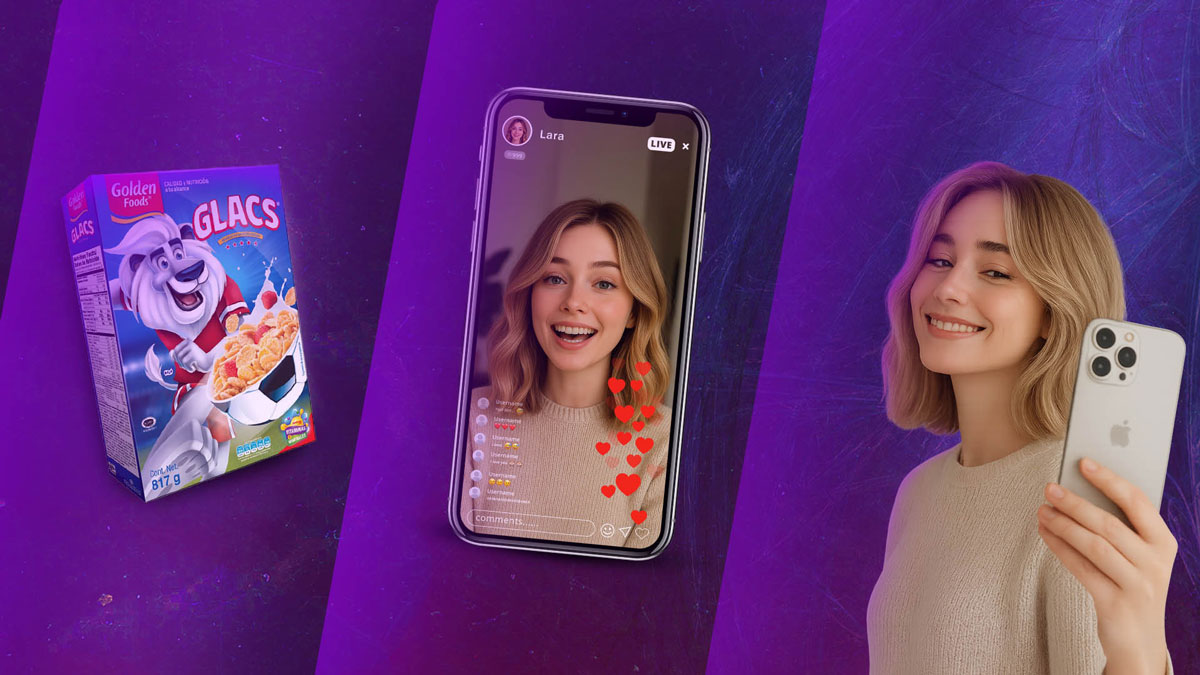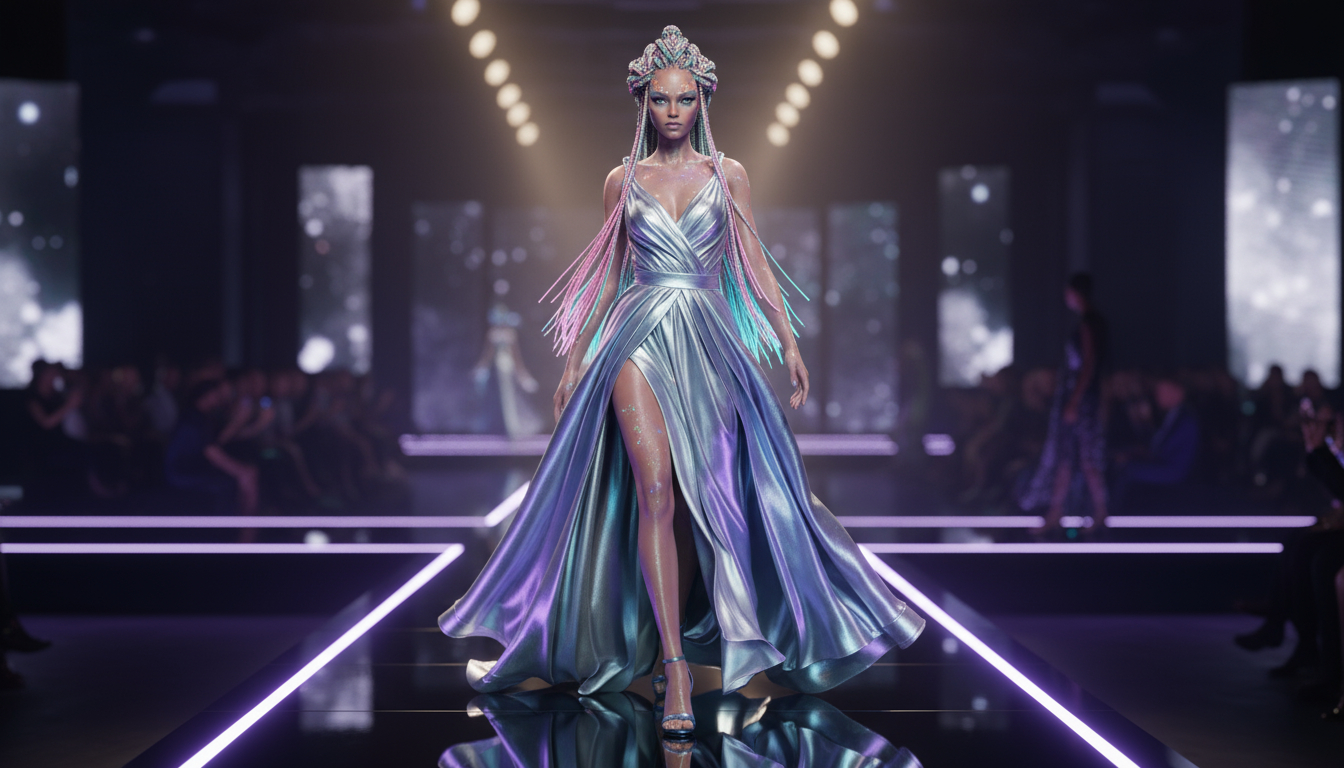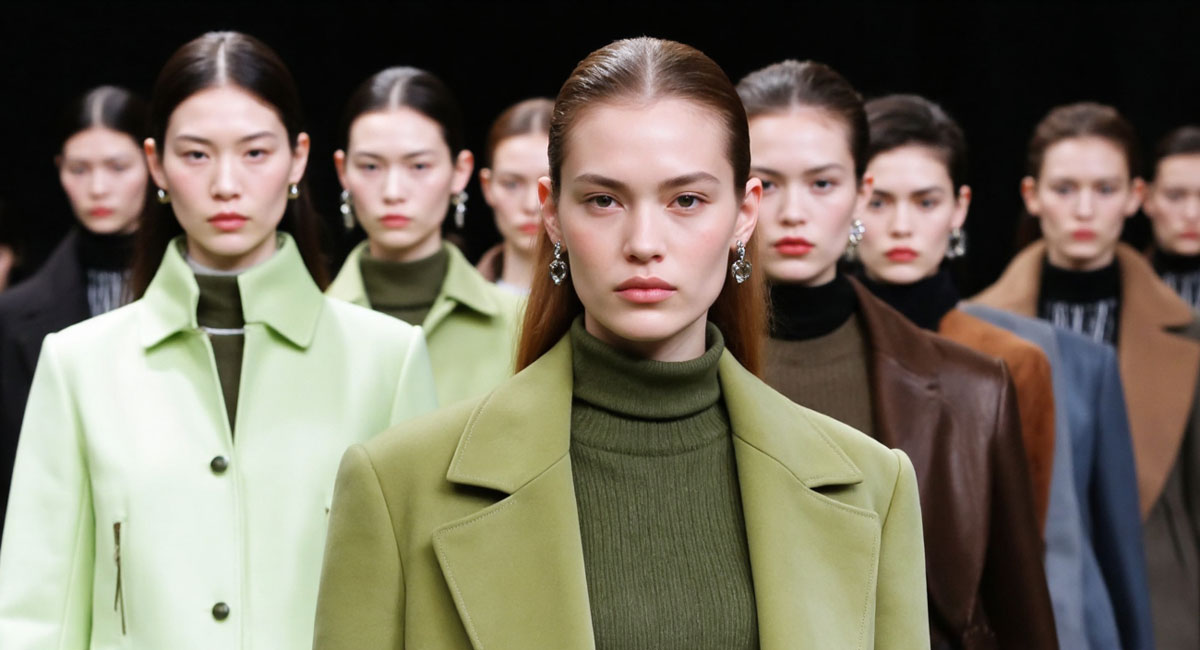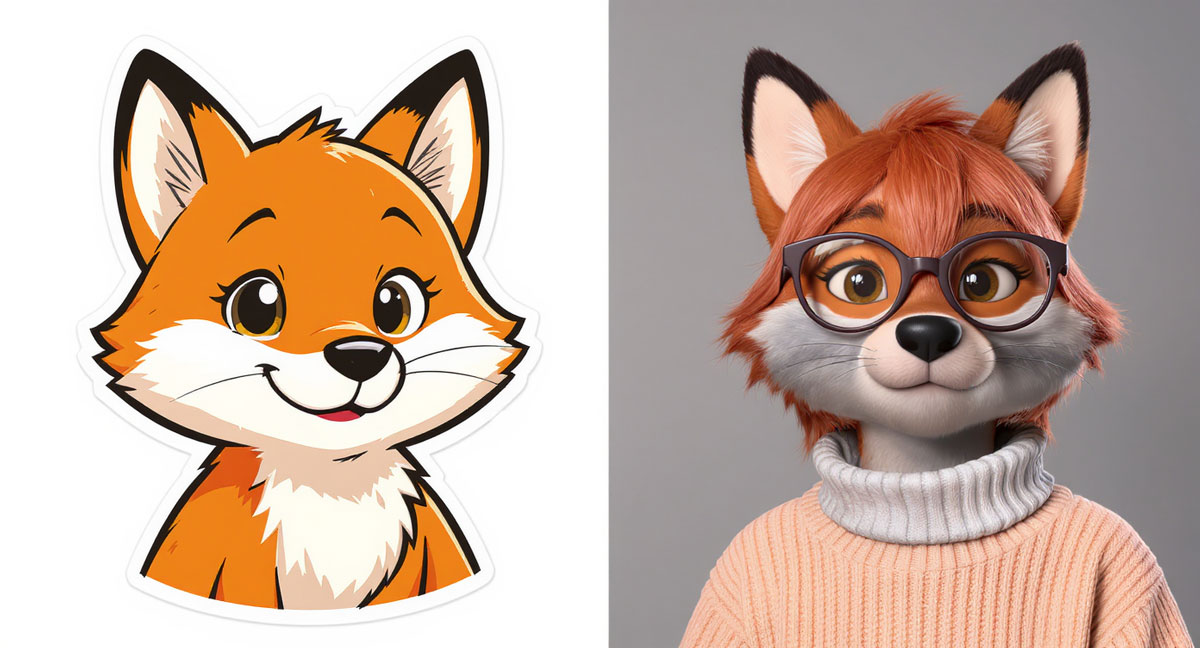
- What About Virtual Influencers?
- What’s an AI Character?
- How Do These Three Differ?
- Brand Mascot vs. Virtual Influencer
- Brand Mascot vs. AI Character
- AI Character vs. Virtual Influencer
- Comprehensive Comparison of Brand Mascots, AI Characters, and Virtual Influencers (Table)
- Which One’s Best for Your Business?
- We Can Help You Create the Right Digital Character
A brand mascot is a fictional character that represents a company. Simple, right?
But is it the same thing as a virtual influencer?
Not quite.
And is an AI character just another name for virtual influencers?
Again—close, but not exactly.
Confused yet?
Totally fair. These terms float around a lot, and while they do overlap in some ways, each serves a different purpose and runs on different tech.
So in this post, we’re breaking it all down. You’ll learn how brand mascots, virtual influencers, and AI characters differ, where they cross paths, and which one’s the right fit for your brand’s next move.
Let’s clear the fog.
What’s a Brand Mascot, Really?
Think of a brand mascot as your company’s fictional face—a character built to be unforgettable. It could be an animated animal, a quirky human, a smiling object, or even something abstract with big energy. From Tony the Tiger to the Michelin Man, these mascots stick in your memory—and that’s exactly the point.
Here’s a deeper look at how virtual mascots are evolving in modern branding.
Traditionally, they were simple: a 2D drawing, a costume, a one-liner in a jingle. But not anymore. Today’s mascots are digitally powered, sometimes animated in 3D, and show up everywhere—from TV ads and packaging to websites and Instagram stories.
The job? Help people remember the brand and feel something when they do. That emotional tie-in—that “hey, I know this brand”—is what makes them work.
But make no mistake: mascots aren’t running the show. They’re scripted, designed, and carefully managed by marketing teams. Every word, every wink? All planned.
We have a lot of experience in designing brand mascots; take a look at our work.
What About Virtual Influencers?
A virtual influencer is a totally fictional, computer-generated character designed to live and breathe on social media—just like your favorite human creators.
Most look like real people (some shockingly real), while others go for stylized, surreal, or even cartoony vibes. What do they do? Exactly what real influencers do: post lifestyle content, partner with brands, spark conversations, and build fan communities. Some even have “relatable” drama baked into their storyline.
Behind the scenes, they’re crafted by teams of designers, writers, and animators. Every outfit, every caption, every smile? Pure digital storytelling. Whether powered by manual animation, CGI, or enhanced with motion capture and AI, their magic lies in this: they’re always on-brand, always available, and never causing a PR scandal.
For brands, that’s gold. You get consistency, total creative control, and a personality that scales without the unpredictability of human influencers.
What’s an AI Character?
An AI character (aka AI digital human) is a virtual being powered by artificial intelligence—built to talk, learn, and interact with real people in real time.
We’re not just talking about scripted avatars here. These characters use natural language processing, machine learning, speech synthesis, and even computer vision to respond like a real person would. They hold conversations, recognize users, adjust their tone, and create responses based on your behavior or needs. It’s not canned—it’s dynamic.
You’ll see AI characters show up as 3D avatars, animated faces, or even voice-only assistants. Brands are using them for all kinds of things—customer support, virtual shopping help, onboarding flows, digital events, training tools, even live entertainment.
What makes them different from mascots or even virtual influencers? Simple: they’re autonomous. AI characters can adapt on the fly, make decisions, and generate personalized content based on real data—not just pre-written scripts.
In short: they’re smart, scalable, and built for engagement.
To explore how virtual influencers are changing brand marketing, check out our in-depth guide on virtual influencer marketing.
How Do These Three Differ?
Let’s be real: just because brand mascots, virtual influencers, and AI characters all live on your screen doesn’t mean they’re interchangeable.
Sure, there’s some overlap—but the differences? Big ones. And they matter.
They each have a unique purpose, use different technology, interact in totally different ways, and follow separate development paths. So, tossing a brand mascot into a social campaign and calling it a “virtual influencer” won’t cut it. Not without some serious upgrades.
Think of a mascot as the base layer—a recognizable symbol. But if you want it to become a virtual influencer, you’ll need to build out the story, the style, and the personality. You’ll need content. Emotion. Context. Without those layers, it’s just a character on mute.
Here’s how they differ at the production level:
- Design
Mascots are typically simple 2D or 3D visuals—cartoonish or symbolic. Virtual influencers are often sculpted in hyper-realistic CGI. AI characters? They’re built to mimic human behavior, complete with micro-expressions and personality logic. - Technology
Mascots lean on traditional graphics tools. Virtual influencers go further with CGI, motion capture, and sometimes AI to simulate real-life behavior. AI characters take it to the next level: LLM tech, natural language processing, speech synthesis, and computer vision. - Development Time
Brand mascots are faster to develop. Virtual influencers take longer (think layered storytelling + design). AI characters? The most complex—and time-consuming—of the bunch. - Cost
Mascots are the most budget-friendly. Virtual influencers cost more, especially if you’re after realism. AI characters? Expect a premium—because you’re not just building a face, you’re building a brain.
For a deeper dive into how AI influencers and virtual influencers differ in purpose and use, check out our full breakdown on AI vs virtual influencers.
What They’re Built For
Mascots are built to drive brand recognition and symbolic presence. Think logos with attitude.
Virtual influencers are there to entertain, engage, and influence—especially on platforms like Instagram and TikTok. They’re your brand’s voice with a face and a storyline.
AI characters specialize in interaction and automation—like answering questions, guiding users, or hosting experiences in real time. They’re the bridge between data and conversation.
Ready to dive into a one-by-one comparison? So stay tuned.
Brand Mascot vs. Virtual Influencer
Brand mascots are built for long-term brand identity. They’re symbolic, familiar, and emotionally tied to a brand’s values—think friendly animals or quirky characters on packaging and ads. They’re usually simple in design and limited in interaction, acting more like static icons than personalities. While mascots are budget-friendly and memorable, they don’t adapt easily or talk back to your audience.
Virtual influencers, on the other hand, are designed to engage. Created with high-end CGI or motion capture, they act like real people online—posting, collaborating, even replying to DMs (with human help). They bring higher costs and content demands, but they offer flexibility, deeper interaction, and huge potential for storytelling. If mascots are your legacy, virtual influencers are your buzz.
Brand Mascot vs. AI Character
The most notable difference lies in the technology used to create each. We’ve discussed that designers use basic tech software to make traditional mascots. However, an AI character needs advanced technologies like ML and NLP models.
And that leads to other differences, too.
AI characters serve brands by providing audiences with personalized and interactive experiences. These creations can answer users’ questions without human intervention.
As said earlier, brand mascots are helpful in representing brands and fostering a deep emotional connection with loyal customers. Put simply, they’re more limited in what they can do.
Unlike brand mascots, which we said are often designed as animals and fictional creatures, AI characters are digital entities in various forms. What makes them especially interesting is their ability to learn and adapt to changing situations.
Similar to virtual influencers, AI characters offer a high level of interactivity.
AI characters often incorporate real-time responses via natural language processing and machine learning. However, many virtual influencers also use these tools. Full independence from human input is rare and typically hybrid.
Even though these intelligent characters deliver numerous benefits, many brands cannot adopt them because of their high development and maintenance costs.
Conversely, brand mascots are much cheaper, and their maintenance cost is nothing compared to the budget your business must spend on keeping the AI character working.
AI Character vs. Virtual Influencer
AI characters and virtual influencers are alike in many ways. But here, we’ll focus on their differences.
In the past two sections, we compared each with brand mascots to familiarize ourselves with their purpose, limitations, benefits, interaction level, etc.
So now, let’s cut to the chase.
They are both digital characters created using the latest technological advances, from CGI to machine learning algorithms. AI characters need newer technologies, such as NLP models and computer vision.
Both concepts aim to provide an interactive experience for users, with the difference that AI characters can act independently without human input. That independence can reduce a brand’s control over messaging — and may affect its image.
And when it comes to interactivity? Both deliver at the highest level.
Emphasizing again: AI characters and virtual influencers are more alike than different. However, the former is more advanced than the latter.
Does that mean brands won’t need virtual influencers anymore, given the rise of AI-enabled characters? Well, no.
As stated above, they cater to different needs, and virtual influencers are considered the best options for specific situations.
Read the blog “What is Virtual Influencer?” to learn more about these digital entities.
Additionally, reading the blog “Top 50 Virtual Influencers to Follow in 2025” will give you a glimpse of how virtual influencers dominate the digital world.
In the next part of the blog, we’ll combine everything we have learned and compare brand mascots, AI characters, and virtual influencers.
Comprehensive Comparison of Brand Mascots, AI Characters, and Virtual Influencers (Table)
Looking for organized data? What better way than a table to show it?
| Feature | Brand Mascot | Virtual Influencer | AI Character |
|---|---|---|---|
| Core Purpose | Symbolize brand identity and values | Engage audiences and build digital presence | Provide smart, real-time interaction and support |
| Technology Used | Basic 2D/3D design tools | CGI, motion capture, sometimes AI enhancements | AI (ML, NLP, speech synthesis, computer vision) |
| Interactivity | Low — one-way communication | Medium — human-assisted engagement | High — autonomous, real-time responses |
| Flexibility | Low — fixed persona and limited adaptability | Medium — adaptable through content updates | High — dynamic, data-driven behavior |
| Development Time | Short — faster to produce | Moderate — requires more design and planning | Long — complex build and training process |
| Cost | Lower — budget-friendly | Higher — requires ongoing content and updates | Highest — AI dev + continuous optimization |
| Control | High — fully scripted and managed | High — brand-controlled storytelling | Medium — autonomy with set parameters |
| Main Channels | Packaging, ads, websites, merchandise | Social media, influencer campaigns, livestreams | Web apps, chatbots, events, virtual assistants |
So, here is a detailed comparison of brand mascots, AI characters, and virtual influencers, highlighting their contrasts.
Which One’s Best for Your Business?
So, brand mascot, virtual influencer, or AI character? The answer depends on what you’re selling—and how you want to connect.
Go with a brand mascot if your business thrives on familiarity, tradition, or mass appeal. Think FMCG brands, kids’ products, or legacy companies. Mascots are perfect when you want to build emotional loyalty over time without needing constant interaction. Bonus: they’re budget-friendly and super versatile for packaging, ads, and merch.
Choose a virtual influencer if your business lives on social media and you’re targeting Gen Z or millennial audiences. Fashion, beauty, tech, lifestyle, and entertainment brands love them because they spark buzz, ride trends, and humanize products—without the risks of real influencers. Great for campaigns, product drops, and building long-term content momentum.
Pick an AI character if your business needs smart, scalable, real-time engagement. E-commerce platforms, SaaS companies, banks, or healthcare brands can use AI characters for 24/7 support, onboarding, or personalized experiences. They’re also great for gamified marketing, live events, and customer education.
Want to combine them? Smart move. Some brands use mascots for branding, virtual influencers for content, and AI characters for service—all working in sync. Just match the role to the job.
We Can Help You Create the Right Digital Character
Looking to build a brand mascot, virtual influencer, or AI character? You’re in the right place.
These digital personalities help your brand stand out, connect with people, and stay ahead of the curve. But creating them isn’t easy. Even a simple mascot needs smart design. A virtual influencer needs CGI and a strong voice. And AI characters? They need real tech skills to work the right way.
That’s where we come in.
At Dream Farm Agency, we’ve created mascots, influencers, and smart AI characters for all kinds of brands. We handle the hard stuff—design, animation, tech—so you can focus on growing your business.
Let’s bring your brand to life. Contact us today.

HosseinDigital Marketing Expert



